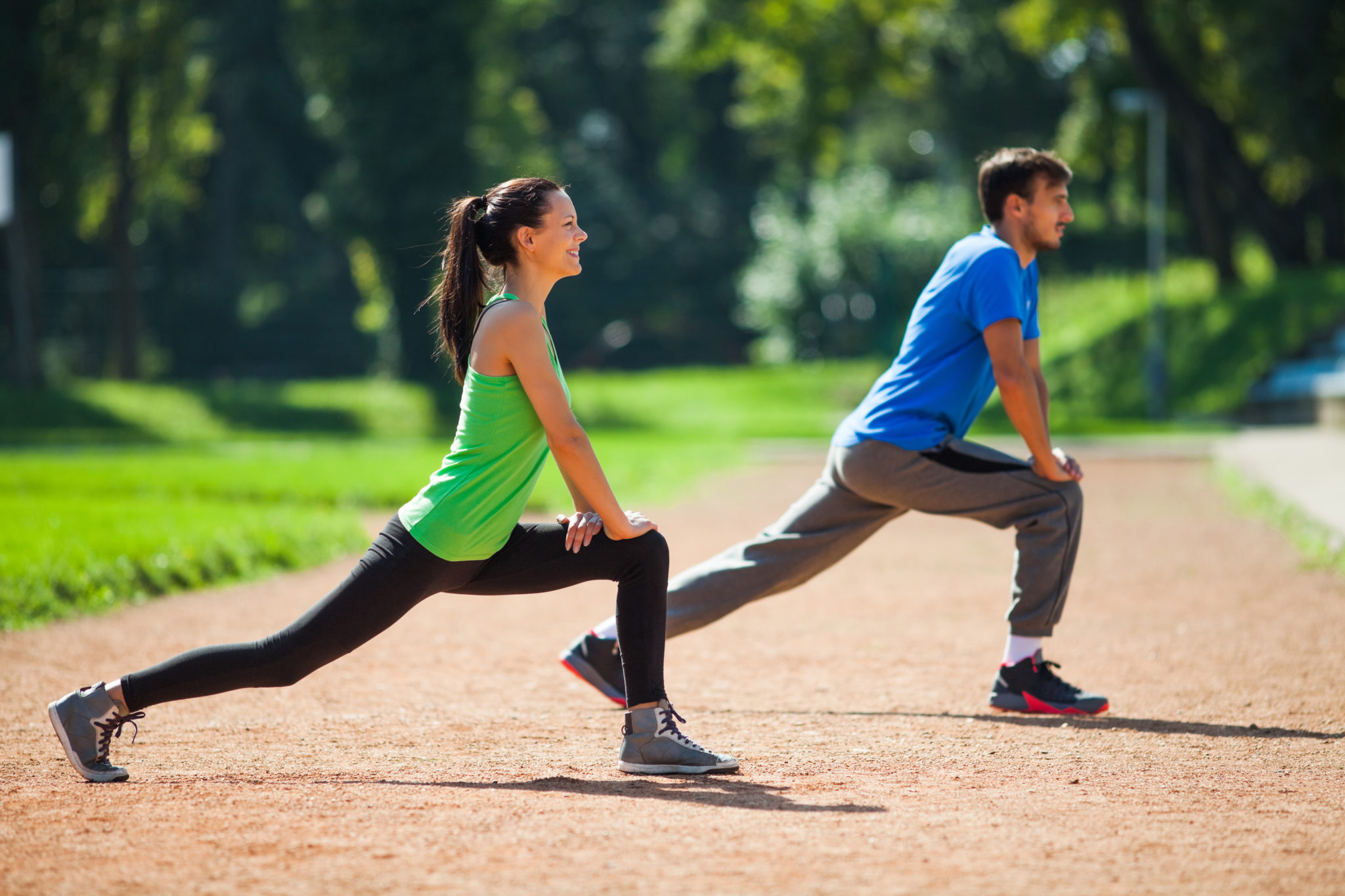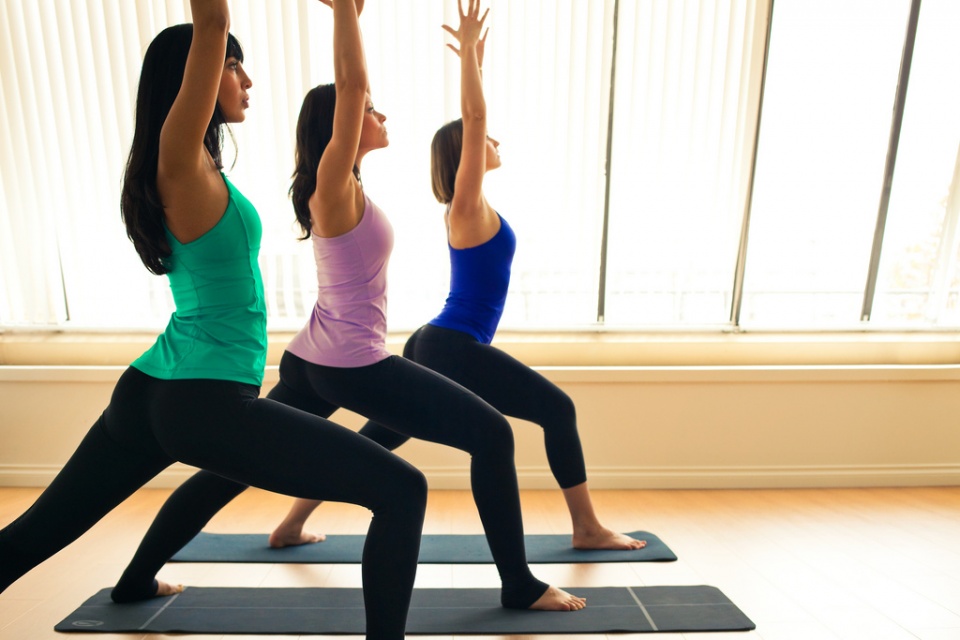Over the last month I developed fatigue, mental fog, sleep disturbance, headaches, acid reflux, phlegm (gross), joint stiffness including neck and back pain and moodiness. I also measured an elevation of overall blood pressure, fasting glucose, and resting heart rate. All of these symptoms are completely out of the norm for me and the only thing different that I did was eliminate physical activity.
After the 2nd week of not exercising I started to notice that my mind was racing constantly and I lost the ability to focus. I also noticed that while my body was physically rested, my mind was exhausted. I couldn’t concentrate and it also impacted my sleep. Of course this brought on other symptoms such as fatigue during the day (even though my body was rested) and headaches (even thought I was well hydrated). By the third week I started to develop tightness and stiffness. I was no longer flexible and could not perform stretches that I normally perform daily. I started to get neck, low back and even elbow pains. By week 4, I developed acid reflux, mucus and phlegm that I had to continuously cough out or clear my through from. All of this happened even though I was not “sick”. Just like flowers can go from blooming to withering in just a few hot days; the body equally breaks down when it is robbed from its necessities.
All of this happened in a matter of 28 days and yes, when I started exercising again last week, it was hard. Whereas I normally cannot wait to go for a run or physically exert myself; the last few days I’ve had to grab and fight for every inch of motivation to get my butt up and move.
How many of you are in this state? How many of you are OK suffering from similar symptoms due to a lack of physical activity?
How does not exercising impact your body?
First, the combination of inactivity (not exercising) and eating the wrong foods is the second most common preventable cause of death in the United States (smoking is the first). So, choosing to not exercise is choosing to die earlier than you’re supposed to. That’s a medical fact.
Studies clearly show that exercise helps the heart, both by improving exercise capacity and reducing the risk of heart disease (which is the #1 cause of death in the US). In addition, new brain imaging studies have confirmed that exercise boosts the brains ability to repair itself. When you improve the function of the brain, you improve function of the body and it's ability to repair and heal itself.
The specific benefits of exercise include:
- Decreased risk of heart disease, high blood pressure, and stroke
- Decreased risk of colon and breast cancers
- Decreased risk of diabetes
- Decreased risk of osteoporosis and fractures
- Decreased risk of depression and dementia (memory loss)
- Improved balance, mobility, and the ability to perform basic activities of daily living.
- Improved blood sugar control
- Improved hormone balance
- Improved sleep patterns
- Improved brain chemistry and signalling
Molecular Biologists have discovered that our DNA evolved to favor exercise. In other words, during prehistoric times, if a person couldn't move quickly and wasn't strong, that person died. Those who were fit survived to reproduce and pass on their “fitter” genes. Some researchers believe that with our current inactive lifestyle, these genes produce a number of bad effects, which can lead to many chronic illnesses.
Not Exercising Daily Goes Against Your DNA (Genetics)
That said, I don’t know anyone who has never skipped a workout. But I do know a lot of people who never workout! Look, I am a firm believer in cutting yourself some slack and taking time off from exercise when you need to. But we also know how easily three days away from exercise can snowball into six, then 10, then you find yourself decades later asking the question we’ve all asked when the gym feels like a distant memory: How can I possibly get back into a rhythm?
It’s true what they say, “use it or lose it” is the rule. But exactly how much fitness you’ll “lose” depends on the length of your break and how fit you were to begin with. Don’t worry about going from 0 to 50 your first week back. The only way to really get back into it, is to simply start.
Studies continue to show that it is never too late to start exercising. Elderly adults who exercise twice a week can significantly increase their body strength, flexibility, balance, and agility. Studies also show that even small improvements in physical fitness and activity can prolong life and independent living. A recent study based on a 35-year follow-up showed that in men who increased their physical activity at age 50, the reduction in mortality rate was similar to that of smoking cessation. In fact, after 10 years of increased physical activity, these men had the same mortality rate for their age group as men who were highly physically active throughout entire adult their lives. So to repeat… no one is too young or too old to exercise. The United States Surgeon General recommends at least 30 minutes of moderate exercise, such as brisk walking, nearly every day.
Start By Simply Warming Up

Of course every warm-up will be different, depending on your fitness level and the goal of your workout. But as a jumping off point, start with these four basic goals for every warm-up, as outlined by the National Strength and Conditioning Association.
- Loosen up the body – think of simply moving your joints, muscles and prepping your body for moving. This can include big arm swings, rolling your neck, bending forward and backwards, twisting or rotating from side to side.
- Get your heart pumping – Here you’ll slowly increase your heart rate by performing jumping jacks, lunges, squats or push ups.
- Do some dynamic stretches – stretch your muscles by swimming your arms around in circles, swing your legs back and forth, reach for your toes and then lift your arms up in the air and reach as far back as you can.
- Practice – move through your exercise plan for the day but at a much lower intensity. This will build muscle memory and train your brain for how you will want be exercising when you actually start.
The 3 Primary Forms of Physical Training You Should Do Daily
- Flexibility/Mobility Training
The first type of exercise you should incorporate is flexibility training. This will prep your body for bigger movements as your physical fitness improves. Flexibility training uses stretching exercises. Many stretching exercises are particularly beneficial for the back. In general, flexibility training provides the following benefits:
- Prevents cramps, stiffness, and injuries
- Improves joint and muscle movement (improved range of motion)
Certain flexibility practices, such as yoga and tai chi, also involve meditation and breathing techniques that reduce stress. Such practices appear to have many health and mental benefits. They may be very suitable and highly beneficial for older people, and for patients with certain chronic diseases.
I personally recommend performing stretching exercises for 10 – 12 minutes at least three times a week. The following are some general guidelines:
- When stretching, exhale and extend the muscles to the point of tension, not pain, and hold for 20 – 60 seconds. (Beginners may need to start with a 5- to 10-second stretch.)
- Breathe evenly and constantly while holding the stretch.
- Inhale when returning to a relaxed position. Holding your breath defeats the purpose; it causes muscle contraction and raises blood pressure.
- When doing stretches that involve the back, relax the spine to keep the lower back flush with the mat, and to work only the muscles required for changing position (often these are only the abdominal muscles).
- Aerobic (Endurance) Training
There are a variety of types of Aerobic Exercise. This type of exercise is categorized as high or low intensity. High intensity aerobic exercise is further classified as high or low impact. Examples of each include the following:
Low- to moderate-impact exercises: Walking, swimming, stair climbing, step classes, rowing, and cross-country skiing. Nearly anyone in reasonable health can engage in some low- to moderate-impact exercise. Brisk walking burns as many calories as jogging for the same distance and poses less risk for injury to muscle and bone.
High-impact exercises: Running, dance exercise, tennis, racquetball, squash. High impact exercises are excellent for cardiovascular conditioning, but they increase the risk of complications and are generally not suitable for people who are overweight, elderly, out of condition, or have an injury, arthritis, or other medical problem.
As little as 1 hour a week of aerobic exercises is helpful, but 3 – 4 hours per week are best. Some research indicates that simply walking briskly for 3 or more hours a week reduces the risk for coronary heart disease by 45%.
- Anaerobic (Strength or Resistance) Training
While aerobic exercise increases endurance and helps the heart, it does not build upper body strength or tone muscles. In fact, if your goal is weight loss, I would personally focus on strength training because strength training helps:
- Build muscle strength while burning fat
- Help maintain bone density
- Strength-training exercises are also associated with a lower risk for heart disease, possibly because it lowers LDL (the so-called “bad” cholesterol) levels.
Strength training involves intense and short-duration activities. For beginners, adding 10 – 20 minutes of modest strength training two to three times a week may be appropriate.
Not Exercising is Worse Than Being Obese
We all know that being overweight or obese carries with it a host of health risk factors — including the top 3 killers: heart disease (high blood pressure, stroke and heart attacks), cancer and diabetes. But being inactive actually carries a bigger risk. A 12-year-long study emphasizes this point with the finding that a lack of physical activity claims twice as many lives as obesity does.
The European Prospective Investigation into Cancer and Nutrition (EPIC) study is following more than half a million Europeans in 10 countries to look for links between diet, nutrition, lifestyle, the environment and the occurrence of cancer and other diseases. Using that data set, researchers based at the University of Cambridge, looked at 334,161 men and women for the relationship between physical activity and premature death. Over the 12 years that they asked for weight, waist circumference and activity levels, 21,438 participants died.
The researchers found that if people who reported no physical activity had done a little exercise—just a 20 minute brisk walk every day—they could have reduced their chance of dying early by between 16 to 30 percent.
This is a simple message: just a small amount of physical activity each day could have substantial health benefits for those of you who are physically inactive.
So get moving!






